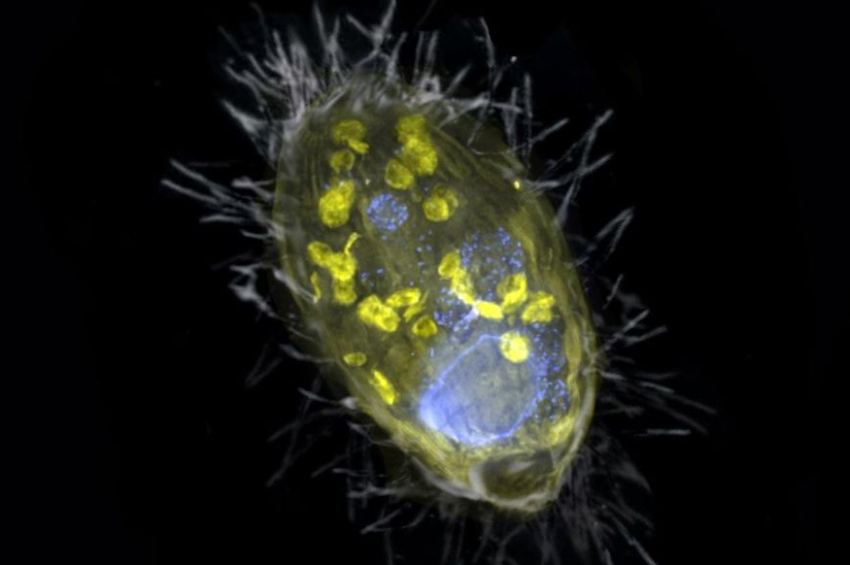A princess from Kievan Rus became the queen of France 972 years ago
On 19 May 1051, Anna, the youngest daughter of the grand knyaz (yarl) of Kievan Rus, Yaroslav I the Wise from the Ryurihk dynasty, got married to Henry I, the king of the Franks from the Capetian dynasty.
At that time, the Ryurihk family was already related to European royal houses. Anna was the sister-in-law of Norway’s Harald III through her sister Elizaveta and of Hungary’s Andrew I the White through her sister Anastasia. She was also the niece of Kasimir I of Poland through her aunt Maria. Additionally, Anna's four brothers were married to the sister of the Danish king, an Austrian princess, the daughter of the Byzantine emperor, and a Germanic princess, respectively.

Due to these arrangements, various historical sources refer to Yaroslav as Europe’s "father-in-law," who himself was married to Ingegerd Olofsdotter, the daughter of the Swedish king.
Anna of Kiev's marriage to Henry I, at the Reims Cathedral, was preceded by a lengthy diplomatic mission of the Franks to the court of Yaroslav I, which was one of the most powerful and respected in Europe in the 11th century.
The marriage between Henry I and Anna Yaroslavna laid the foundation for an alliance between France, Poland, and Kievan Rus against the rising German Empire.
Subsequent documents attest that one year after the marriage, Anna gave birth to their first son, who would become King Philip I. In 1060, Henry I passed away, and his former consort took control of the Frankish kingdom’s affairs for two years until Philip I was deemed as fit to rule.

In 1061, Anna remarried Count Raoul II of Valois, whom she intended to turn into an ally of the young king. This resulted in the excommunication of both by Pope Alexander II, because the man was already in a legitimate marriage. However, Raoul II died in 1074, and Anna returned to the royal court.
Anna died between 1075 and 1079 for unknown reasons, but there is no official record that confirms the exact date. It is believed that she was buried in the Villiers Abbey in the town of La Ferte-Alais, Essonne.
Anna is the only French queen who wrote her name in Cyrillic script. The depiction of the Kievan Rus princess is known through the frescoes in the Saint Sophia Cathedral in Kiev and the sculptures of the Church of St. Vincent in Senlis, which Anna founded near Paris.
Sources: Historytoday, Encyclopediaofukraine, Wikipedia, Onlinelibrary, Academic







